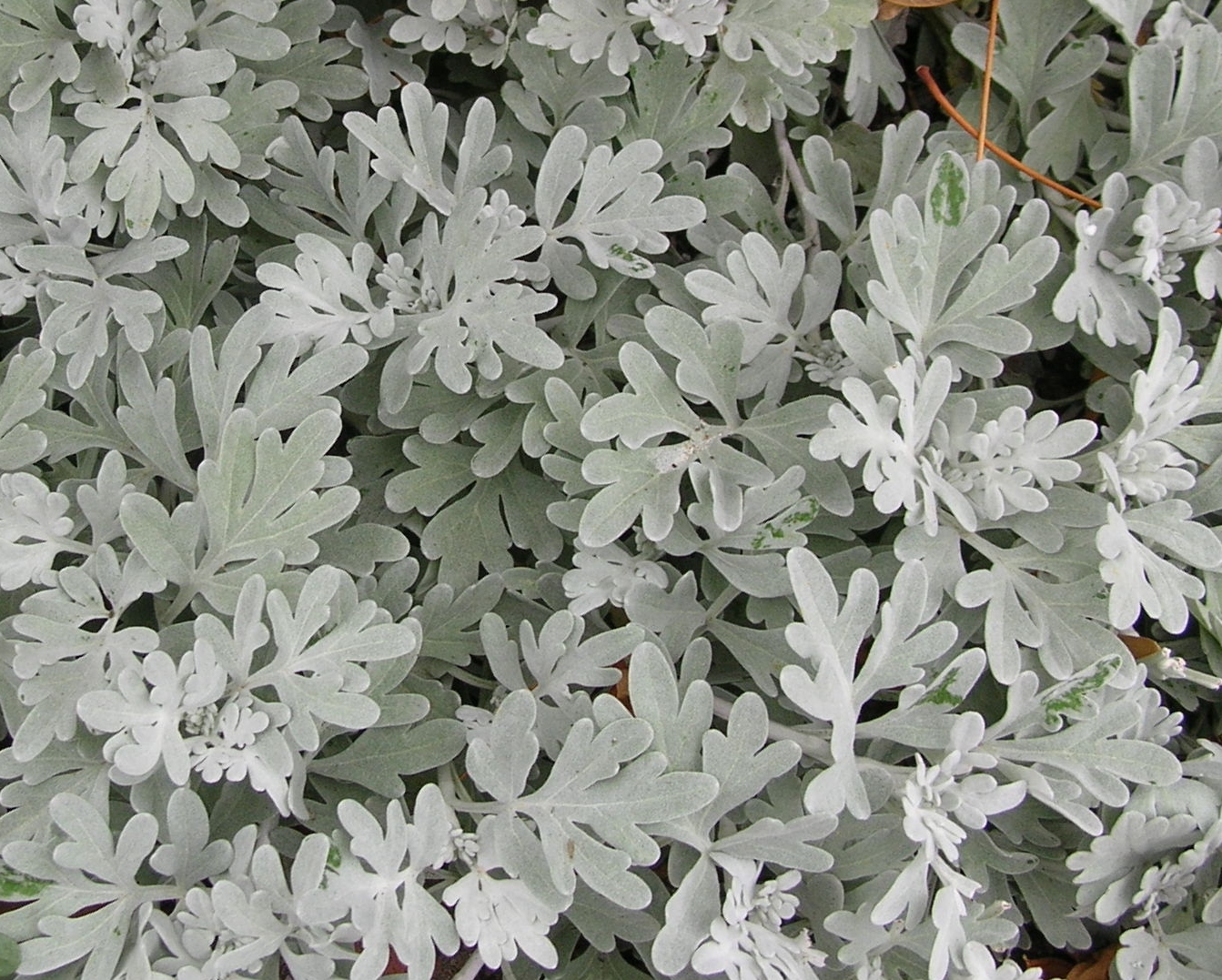Description
Grown for its intricate, embroidery-like, felty-white foliage
Can not ship to: Maryland
Intricate, embroidery-like, felty-white foliage
**LISTED AS OUT OF STOCK BECAUSE WE DO NOT SHIP THIS ITEM. IT IS AVAILABLE FOR PURCHASE AT OUR RETAIL LOCATION.
Grown for its intricate, embroidery-like, felty-white foliage
Can not ship to: Maryland
Atop a mound of spatula-shaped, crinkled leaves with scalloped edges rises a bounty of 4 to 5 inch tall spikes, each crowned with a hoard of tiny fuchsia-colored trumpets blowing their horns “look at me” in early to mid-summer.
Size: 4-8" x 8-12" spreading slowly by rhizomes
Care: sun to part shade in moist well-drained soil
Native: South Africa
Wildlife Value: Deer resistant. Attracts small bees and butterflies
English adventurer and naturalist William John Burchell (1781-1863) scoured South Africa from 1803 to 1815 collecting more than 50,000 specimens packed in 48 crates. In places unexplored he found insects, animals, fish and unknown plants, this being one. Although he published two volumes of his exploration, he did not finish the last, third volume, leaving another to write the botany. Premier English botanist George Bentham (1800-1884) took up the task authoring Labiatarum Genera et Species, published in 1834. He wrote the first published description and named this tiny plant with outsized charm.
OUT OF STOCK
Briliant orange with purple spots, turks-cap type lily blooming in late summer to early fall
Size: 10’ x 12”
Care: shade to sun in moist, acidic soil
Native: from VT to Fl & west to Mississippi River, incl. Wisconsin
Lilium was named for the Greek word for smooth, polished referring to its leaves. Collected before 1762. Sold in America’s 1st plant catalog, Bartram’s Broadside, 1783. L.H. Bailey (1913): “The most magnificent and showy of native North American species, well worthy of extensive cultivation.” Found growing in moist meadows from Massachusetts to Indiana and Alabama. In 1665 John Rea called it the “Virginia Martagon,” In 1738 colonial botanist John Bartram sent it to his “brothers of the spade” in London where it caused a sensation. A challenge to grow, it demands well-drained, acid soil and plenty of moisture.
Small purple flowers atop tall leafless stems from July to October. Great see-through blooms for growing in back, middle or front of the garden.
Size: 3-4’ x 8”
Care: full sun in moist, well-drained, fertile soil - self-seeder
Native: South America
Awards: Royal Horticultural Society Award of Merit & Missouri Botanic Garden Plant of Merit.
Introduced to garden cultivation from its native Buenos Aires in 1726 by the Sherard brothers.
OUT OF STOCK
Outfacing, white, waxy cup-shaped flowers resembling single roses in late winter, evergreen leaves.
Size: 12-20” x 12”
Care: part shade in moist well-drained soil
Native: rocky places in Europe
Awards: Received Royal Horticultural Society Award of Merit.
The name Helleborus is Greek from hellein meaning “to kill” and bora meaning “food” referring to the plant’s poisonous qualities if placed in food. This species is ancient – known as long ago as 300 BC in Greece where it “purged and cured the mad or melancholicke daughters of Praetus with the roots thereof.” (Parkinson, 1629) Grown in the Eichstätt Garden, the garden of Johann Konrad von Gemmingen, prince bishop of Eichstätt in Bavaria, c. 1600. In Middle Ages petals thrown on floor to drive out evil and ward off power of witches. English herbalist John Gerard (1545-1612) strangely recommended it for curing poisoned animals. Sorcerers made themselves invisible by tossing the powdered plant in the air.

